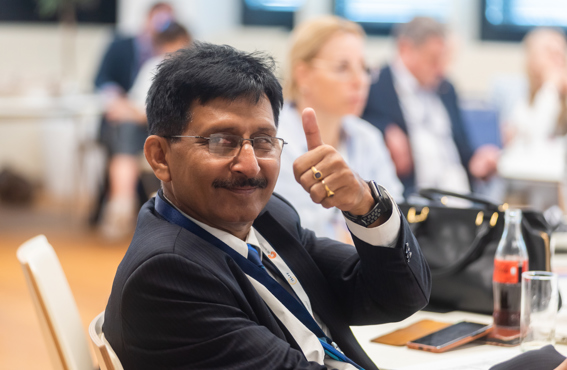Global Survey 2020
Global survey 2020: Full report and press release in English
Global survey 2020: Full report and press release in English
COVID-19 practice closures lead to a 10.9% decrease in surgical procedures
West Lebanon, New Hampshire, December 28, 2021 – The International Society of Aesthetic Plastic Surgery (ISAPS) released the results of its annual Global Survey on Aesthetic/Cosmetic Procedures today, which showcased the impact of the COVID-19 pandemic on aesthetic plastic surgery procedures worldwide throughout 2020.
Highlights
Plastic surgery procedures for aesthetic purposes decreased by 10.9% overall in 2020, with 77.8% of surgeons globally experiencing temporary practice closures during the COVID-19 pandemic. Nonsurgical procedures (primarily fillers and hair removal treatments) continued to increase, but by lower proportions than seen in previous years (5.7% in 2020, compared to 7.6% in 2019). This resulted in an overall decrease of 1.8% for all procedures.
Dr. Arturo Ramirez-Montañana, Chair of ISAPS’ Global Survey Committee said, “This downward trend is in line with our survey findings of lower patient demand due to safety and financial concerns during the COVID-19 pandemic. At the same time, many of us have also experienced an increase in demand due to patients’ increased flexibility, the opportunity for a more private recovery and, particularly for facial procedures, the so-called ‘zoom effect’. This has limited the impact of COVID-19 on overall procedures.”
Aesthetic Procedures
The most common surgical procedures worldwide remained the same during 2020, with breast augmentation making up 16% of all procedures, liposuction 15.1%, eyelid surgery 12.1%, rhinoplasty 8.4% and abdominoplasty 7.6%.
The top five nonsurgical procedures also remained consistent: botulinum toxin (43.2% of all nonsurgical procedures), hyaluronic acid (28.1%), hair removal (12.8%), nonsurgical fat reduction (3.9%) and photo rejuvenation (3.6%). Around 85% of nonsurgical procedures were performed on women. In spite of the overall reduction in surgeries, rhinoplasty and brow lift surgeries continued to increase, and nonsurgical facial rejuvenation showed a 13.9% increase compared to a decrease in both 2019 and 2018.
Overall, nonsurgical procedures increased, except for botulinum toxin, hyaluronic acid, and microablative resurfacing (decreasing by 0.9%, 6.1% and 11.3%, respectively). The most common surgical procedures in men continue to be eyelid surgery, liposuction, gynecomastia, rhinoplasty and ear surgery.
Looking at the age distribution for different procedures, 19-34-year-olds made up the highest proportion of those undergoing rhinoplasty (67.9%) while 35-50-year-olds accounted for the majority of botulinum toxin procedures (50.2%).
At the time of this survey, only 45% of surgeons had seen a return to pre-pandemic patient volume. Dr. Ramirez-Montañana said, “Despite the terrible pandemic we are living through, it seems that most aesthetic plastic surgeons are getting back to near-normal practice and I am optimistic about 2021, both for the plastic surgery industry and for surgical and nonsurgical procedures.”
Country Statistics
The USA saw an increase in both surgical and nonsurgical procedures, consolidating its position as the number one country for surgical procedures performed worldwide (14.7% of total surgical
procedures) and taking the lead from Brazil with most nonsurgical procedures performed worldwide (22.1% of total nonsurgical procedures).
